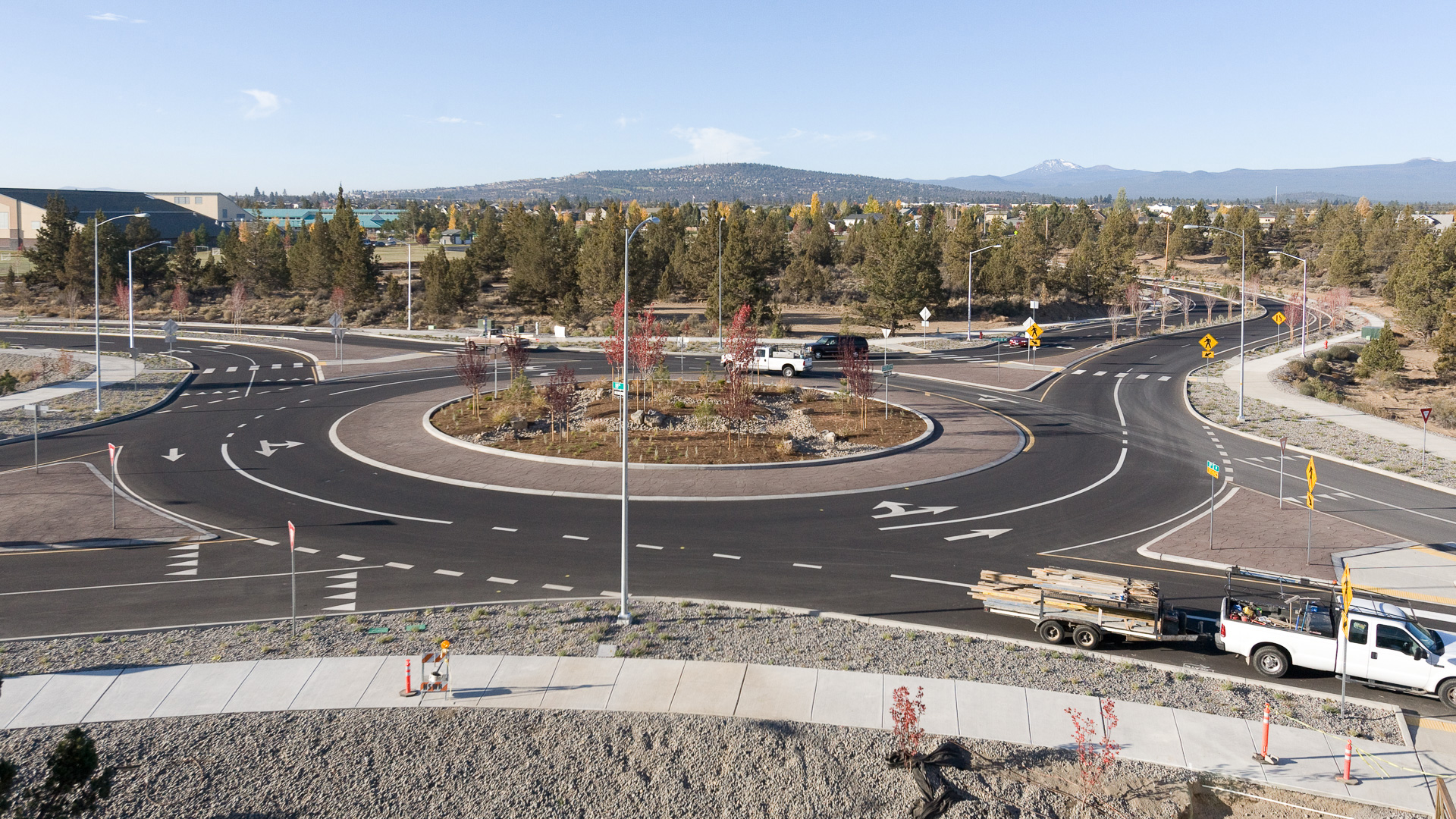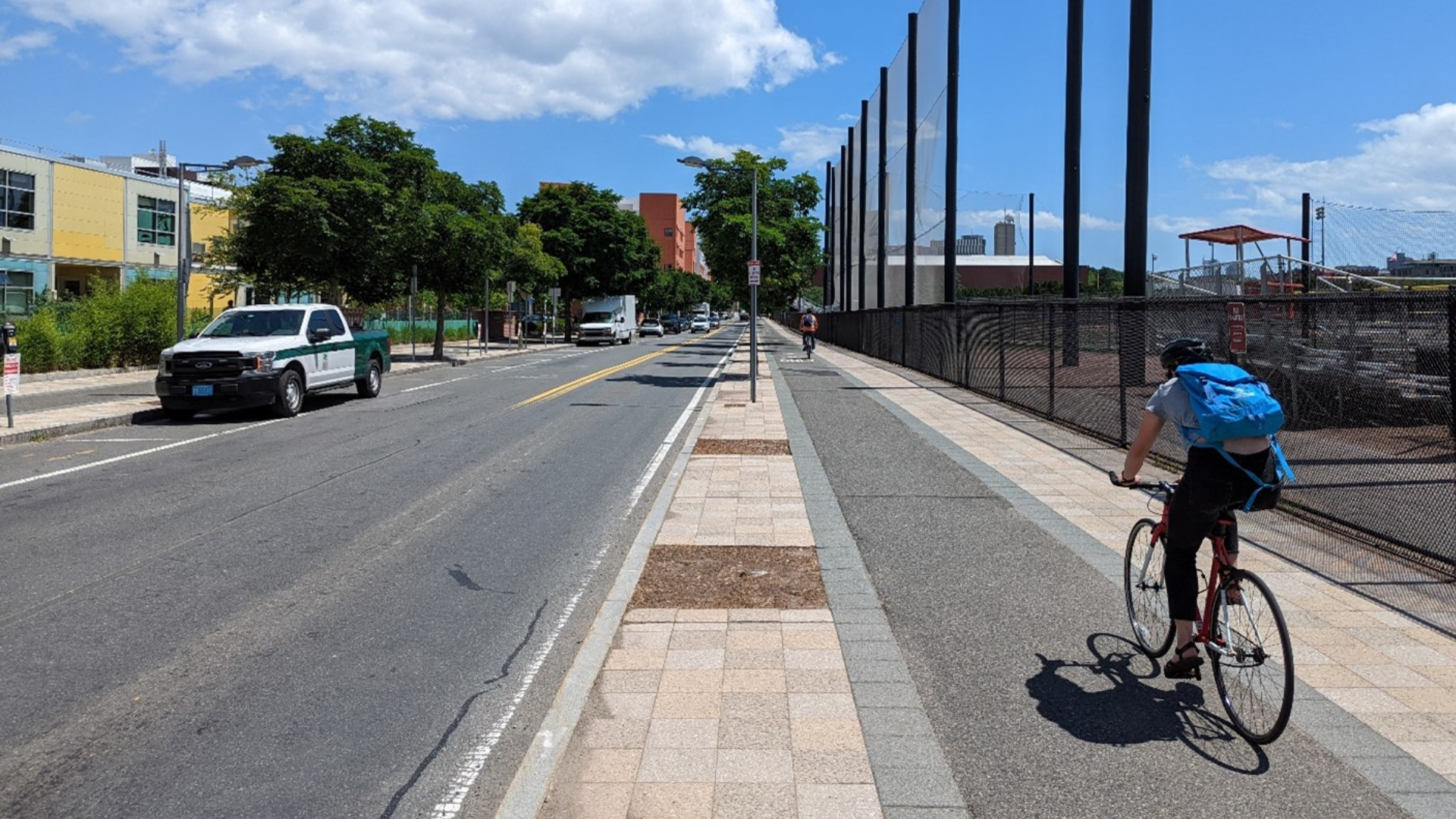Challenge
Many residents of the San Joaquin region are daily hyper-commuters, driving nearly 3 hours one way through the Altamont Pass to access their jobs in the Bay Area and Silicon Valley. This hyper-commuting causes heavy congestion which, among other transportation issues, led the San Joaquin Council of Governments (SJCOG) to launch a Transportation Innovation Study to investigate ways to apply emerging transportation technologies to solve their transportation needs and challenges. As the COVID-19 pandemic progressed, SJCOG adapted to focus on optimizing telework opportunities within the San Joaquin region.
Solution
Kittelson worked alongside a diverse working group comprised of agency staff, private industry representatives, academics, local business development representatives, and community advocate groups who understood the challenges and needs of the San Joaquin region. To make our best recommendations for the San Joaquin region, we looked to guidance from NCHRP Report 924, “Foreseeing the Impact of Transformational Technologies on Land Use Transportation”. We followed each of the four steps, “Self-Assess, Get Data, Get Smart, Be Nimble”, to come to our final recommendation.
- Self Assess: Along with the working group, we conducted a self-assessment to determine the challenges and needs of the San Joaquin region.
- Get Data: Next, we brainstormed ways to integrate innovative technologies that would solve the region’s greatest needs, and gathered supporting data readily available through SJCOG’s Community Pulse Dashboard. These ideas ranged from implementing a high-speed rail to connected technology that would help freight share the road with low-speed farm equipment. For each promising idea, we developed summaries detailing the components, cost, timeline, description, and funding opportunities.
- Get Smart: After compiling data and outlining possible solutions, we presented our findings to the working group and prioritized them based on feasibility within the San Joaquin region.
- Be Nimble: The final step in this process is choosing the action that best benefits the community that also provides opportunity for growth and adaptability for rapidly-changing technology.
With the help of the NCHRP Report 924 guidance, we took the opportunity to focus on a key infrastructure project to benefit not only transportation, but also other needs for the community.
The Outcome
Fiber Readiness Plan
SJCOG is moving forward with a Fiber Assessment Plan, which will bring much needed high-speed internet infrastructure to the San Joaquin region. SJCOG will begin this plan with the Google Fiber’s Fiber City Checklist, which is a compilation of best practices and recommendations that defines a three-part process for readying the region for widespread fiber optic network construction. It includes an existing inventory, a review of utility policies, and streamlining utility permitting.
This checklist is the critical first step to prepare for a public-private partnership with telecommunications providers. Building a fiber optic network brings high-speed internet access to residents and employers across the area and by meeting the needs of teleworking residents, cuts down on the congestion caused by long commutes. High-speed internet access will also improve access to jobs, healthcare, education, and connectivity to the area, while also preparing transportation within the community for a connected, automated future.



